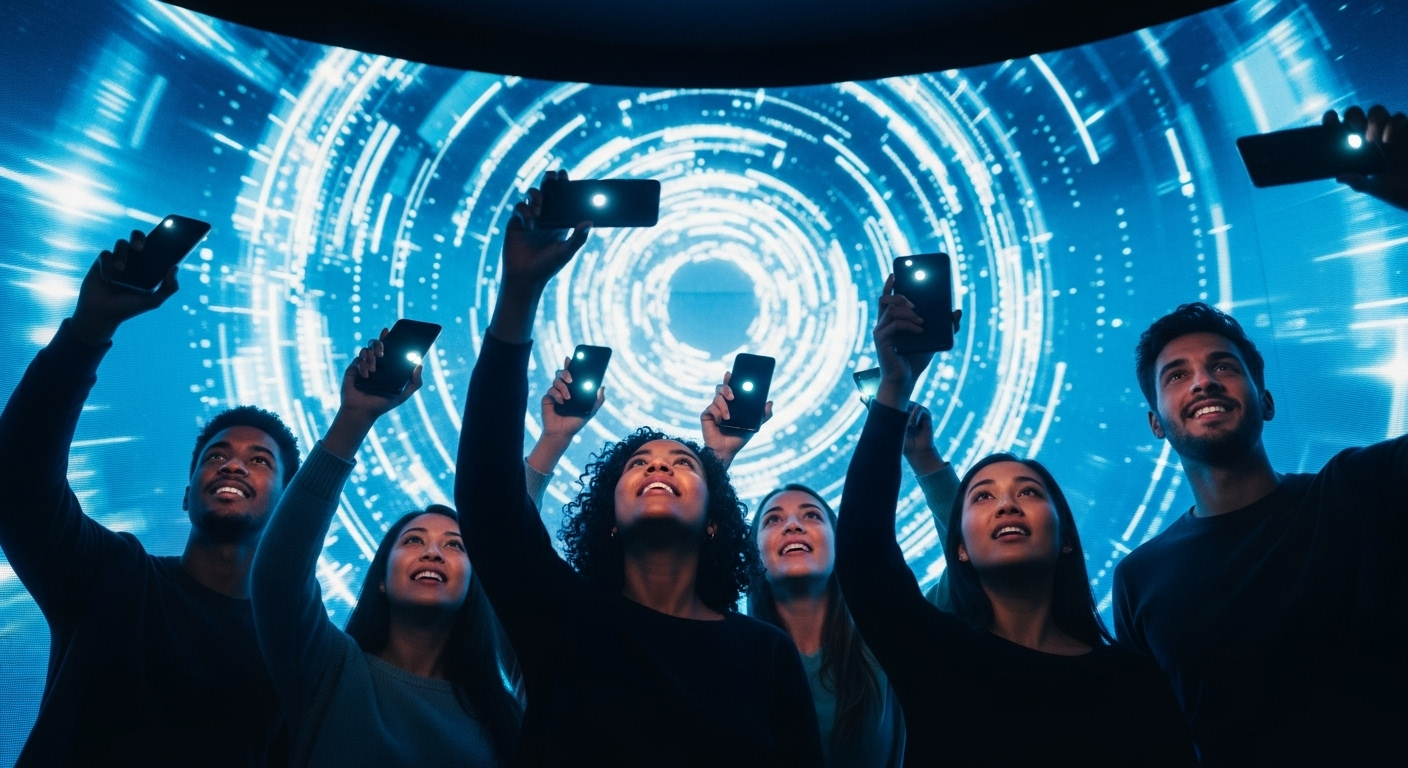Documentation Protocols for Time-Based Performances
Effective documentation of time-based performances requires a clear protocol that balances artistic intent, technical capture, and long-term preservation. This overview outlines practical steps for documenting choreography, sound, projection, and interactive elements while respecting ephemeral qualities and artists’ rights. It also considers exhibition, residency practices, and audience engagement strategies for sustainable archival use.

What are core documentation goals for performance and documentation?
Documenting a time-based performance begins with defining goals: capture the artist’s intent, preserve essential elements for future restaging or scholarship, and enable interpretation without replacing the live experience. Documentation should distinguish between primary components (movement, sound events, spoken text) and contextual details (stage layout, lighting cues, performer notes, audience configuration). Clear consent and rights agreements are part of the protocol so that documentation can be used for research, curation, or conservation while respecting performers and creators.
Every documentation plan should list deliverables—high-resolution video, multi-track audio, production notes, and metadata schemas—and indicate permitted uses. Consider different audiences: curators may need detailed cue sheets and archival formats, while researchers might require access to annotated recordings and transcripts. This upfront clarity guides technical choices for recording resolution, microphone placement, and sensor data capture.
How to document choreography, sound, and sensors?
Choreography and sound documentation depend on complementary capture methods. Use wide-shot and close-up cameras to record ensemble patterns and individual technical details; an additional camera on a tripod with a slightly elevated angle often captures spatial relationships clearly. For sound, combine a stereo program recording with isolated feeds for microphones or instruments when possible; multitrack recordings aid conservation and future re-mixing.
When works involve sensors—motion capture, force sensors, or wearable data—record raw sensor streams alongside synchronized video and audio. Timestamp everything and maintain a synchronization log (timecode or clapper metadata). Preserve original data files and provide simplified derived files (CSV, normalized waveforms) for accessibility and long-term study.
How to capture projection mapping and augmented elements?
Projection mapping and augmented elements require documentation of both the visual output and the technical setup. Record the projected imagery with a calibrated camera to preserve color and brightness relationships, and capture the projection source files, mapping templates, and projector specifications (model, lens, throw ratio). Include photos and diagrams of projector placement, screen geometry, and masking to enable accurate reconstruction.
For augmented reality or mixed-reality components, retain code repositories, asset lists, version control histories, and build instructions. Capture user-facing perspectives through screen recordings and head-mounted displays where applicable, and store interaction logs and sensor inputs. Document the software environment (operating system, library versions) to aid future conservation and potential emulation.
How to support immersive, interactive, and hybrid works?
Immersive and interactive performances require layered documentation that accounts for spatial, participatory, and responsive elements. Map the venue with floor plans, sightlines, and audience pathways; photograph installations from multiple vantage points. For interactive systems, document trigger conditions, latency tolerances, and fallback behaviors so that the experience’s responsiveness can be understood and recreated.
Record audience interactions where consented, and capture system logs showing how inputs influenced outputs. When hybrid formats combine live and streamed components, archive broadcast streams, chat logs, and metadata about bandwidth, codec, and platform to preserve the mediation layer that shaped audience perception.
What metadata and preservation steps are essential for curation and conservation?
Consistent metadata is vital: title, creators, dates, roles, technical specifications, equipment lists, location, and rights statements should accompany every file. Adopt established schemas where possible (e.g., Dublin Core, PREMIS) and include descriptive notes about what the documentation omits—elements deemed ephemeral or intentionally undocumented. Store checksums and maintain version control for preservation copies.
For conservation, prioritize file formats with open, stable standards (lossless audio, archival video codecs, non-proprietary image formats) and create migration plans. Retain original masters and accessible derivatives; document restoration steps, edits, and any interpretive choices made during digitization so future curators can assess provenance and authenticity.
How to plan residency, exhibition, and audience engagement within documentation?
Residency and exhibition contexts offer opportunities to integrate documentation into creative workflows. Build documentation milestones into residency schedules—capture rehearsals, mid-process workshops, and final performances—so documentation reflects development as well as completed works. For exhibitions, include installation notes, wall texts, and interpretive guides that explain how documented materials relate to live events.
Audience engagement can enrich archives: invite participant reflections, collect visitor feedback, and archive mediated responses (surveys, recorded talkbacks). These materials provide social and cultural context for future interpretation. Ensure all engagement data is collected with informed consent and stored with appropriate access controls to protect privacy.
Conclusion A robust protocol for documenting time-based performances combines technical rigor with respect for artistic intention and participant rights. By defining clear goals, using layered capture methods, preserving technical and contextual metadata, and integrating documentation into residencies and exhibitions, organizations and artists can maintain records that support conservation, curation, and future creative reuse without conflating documentation with live presence.





